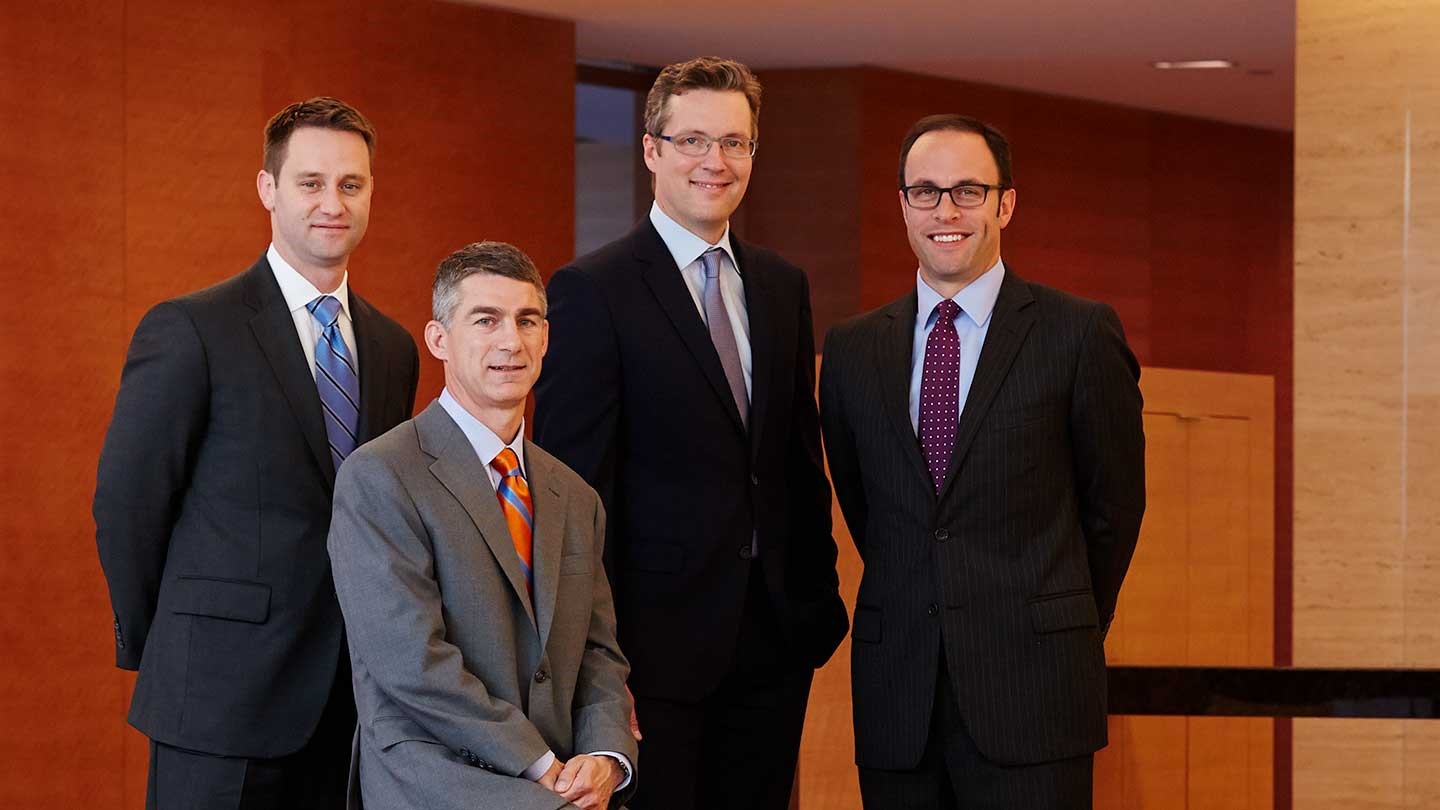On August 21, 2017, Artisan Partners launched a near-clone of their very successful Artisan Global Opportunities Fund (ARTRX). Artisan organizes their managers into eight autonomous teams, with each team supported by an analyst corps and responsible for one or more funds. Global Discovery will be managed by the Growth team, which is also responsible for Global Opportunities, Mid Cap (ARTMX) and Small Cap (ARTSX).

Jason White, James Hamel, Craigh Cepukenas, Matthew Kamm
A different member of the team is designated the Lead Manager for each fund. The lead manager for Global Discovery is Jason White, who joined Artisan in 2000 after working as a fire control officer on the USS Lake Erie. He has a history degree from the U.S. Naval Academy, a credential I entirely approve of. The team is supported by seven analysts.
The principal investment strategy for each fund is identical, word for word:
The Fund’s investment team employs a fundamental investment process to construct a diversified portfolio of U.S. and non-U.S. growth companies across a broad capitalization range. The team seeks to invest in companies that it believes possess franchise characteristics, are benefiting from an accelerating profit cycle and are trading at a discount to its estimate of private market value. The Fund’s investment process focuses on two distinct elements –security selection and capital allocation. The team overlays its investment process with broad knowledge of the global economy.
The distinction between the funds appears in the past paragraph of the strategy section.
| Global Opportunities | Global Discovery |
| The U.S. companies in which the Fund invests generally have market capitalizations of at least $3 billion at the time of initial purchase, although the Fund may invest in a U.S. company with a lower market capitalization if it already holds a position in that company. There is no restriction on the size of the non-U.S. companies in which the Fund may invest. The Fund also may invest to a limited extent in equity-linked securities that provide economic exposure to a security of one or more non-U.S. companies without direct investment in the underlying securities (called “participation certificates “in the Fund’s prospectus, but may be called different names by issuers). | The U.S. companies in which the Fund invests generally have market capitalizations of at least $1 billion at the time of initial purchase, although the Fund may invest in a U.S. company with a lower market capitalization if it already holds a position in that company. There is no restriction on the size of the non-U.S. companies in which the Fund may invest. The Fund expects to participate in the initial public offering (“IPO”) market. The Fund also may invest to a limited extent in equity-linked securities that provide economic exposure to a security of one or more non-U.S. companies without direct investment in the underlying securities (called “participation certificates” in the Fund’s prospectus, but may be called different names by issuers). |
Discovery has the ability to invest in somewhat smaller firms and expects to invest in IPOs. Artisan allows that the IPOs are likely to make an effect when a fund is small. “When a Fund is small, IPOs may be a significant contributor to the Fund’s total return. As a Fund grows larger, however, the effect of investments in IPOs on a Fund’s performance will generally decrease.” Because all of the Artisan funds, except High Income, have the ability to participate in IPOs and the firm will be allocated a limited number of IPO shares, it’s not immediately clear how much impact to expect here.
The launch of this fund is consistent with Artisan’s broader strategy: hire a good team, let them prove themselves on one fund, then let them launch a second fund that’s a variation on the first. Artisan Partners CEO Eric Colson said, “Since the founding of our firm … we have steadily expanded the investment flexibility of existing strategies and launched new strategies with greater degrees of freedom. This increases our investment teams’ ability to generate alpha and manage risk within the constraints required by clients. The launch of Artisan Global Discovery Fund is consistent with this evolutionary process.”
Since Global Opportunities is still open and still relatively small at $2.3 billion, should you care? At least in their first version of the portfolio, the team has installed a distinct small-cap tilt compared to their larger charge’s.
| Portfolio data, 8/31/2017 | Global Discovery | Global Opportunities |
| Median Market Cap (Billions) | $9.3 | $25.7 |
| Weighted Avg. Market Cap (Billions) | $17.4 | 96.2 |
| Weighted Harmonic Avg. P/E (FY1) | 27.1X | 25.6x |
| Weighted Harmonic Avg. P/E (FY2) | 23.3X | 22.0x |
| Weighted Avg. LT EPS Growth Rate (3-5 Yr) | 16.1% | 17.4 |
| Weighted Avg. LT Debt/Capital | 33.5% | 31.4 |
| Active Share | 98.8% | 93.5 |
| Number of Securities | 46 | 47 |
| Number of Countries | 12 | 15 |
| U.S. stocks | 60.8 | 54.0 |
| Emerging markets stocks | 10.5 | 6.9 |
| Largest sector (technology) weight | 29.0 | 29.6 |
| Cash (% of total portfolio) | 7.0% | 4.6% |
Beyond that, it’s a game of inches: the stocks in Discovery are a little pricier, US exposure is a little higher which is offset by e.m. exposure also being a little higher, active share is a little higher but is “high” in both cases. Understandably Discovery’s e.r. is higher; 1.5% on $21 million in assets, compared to 1.18% on $2.6 billion.
To be clear: Global Opportunities has been a splendid fund. It has a very stable management team, top tier performance, a five-star/Silver rating from Morningstar, and a “Great Owl” designation from MFO which signals the fact that it has decisively better risk-return performance than its peers over every trailing time period. Discovery is positioned to be a slightly racier version of a GARP-y, risk-aware discipline. Folks already in Global Opportunities probably don’t need to change. Folks intrigued by the Global Opps record and tolerant of a bit more risk might consider Global Discovery.
The fund’s homepage: Artisan Global Discovery.











